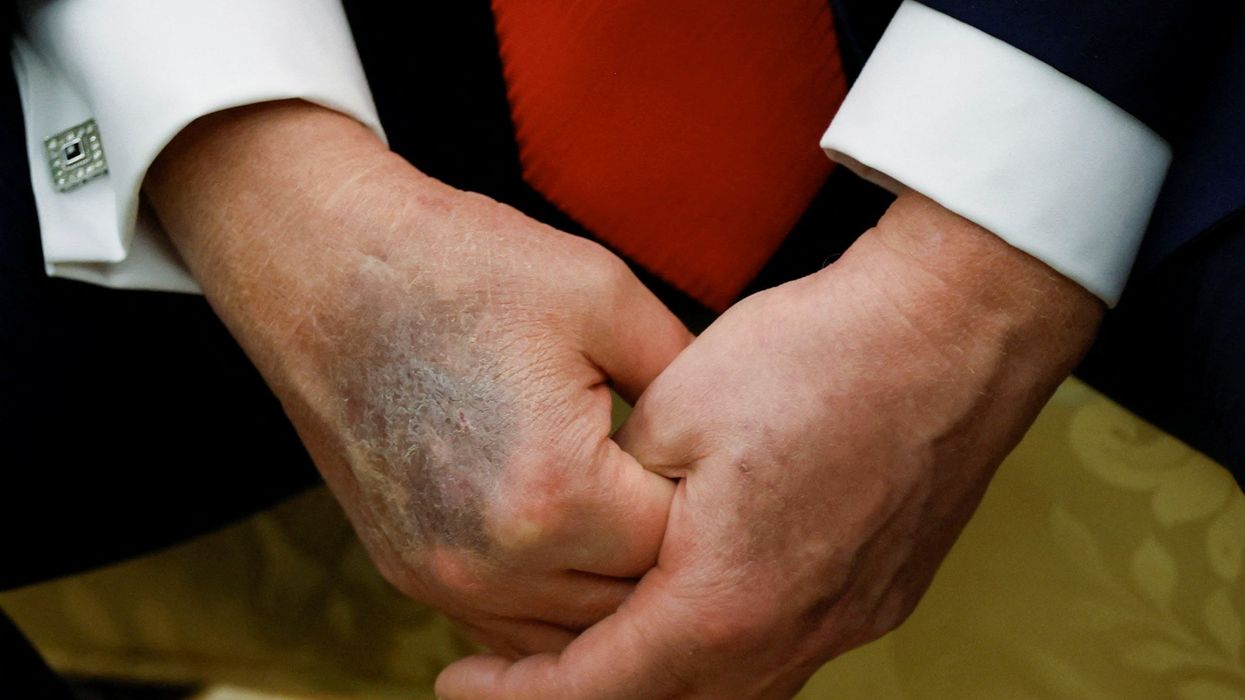Speaking to reporters on Air Force One on Monday morning, October 27, President Donald Trump confirmed that he had recently received an MRI (magnetic resonance imaging) at Walter Reed National Military Medical Center in Bethesda, Maryland.
The 79-year-old Trump, with Secretary of State Marco Rubio standing beside him, told the journalists, "I did, I got an MRI. It was perfect. We had an MRI, and the machine — you know, the whole thing — and it was perfect."
Later that morning, Dr. Jonathan Reiner — a CNN medical analyst, professor of medicine and surgery at George Washington University, former White House physician, and ex-cardiologist for former Vice President Dick Cheney — discussed the MRI with CNN hosts Wolf Blitzer and Pamela Brown.
Noting that MRIs are "not routine" during regular checkups, Blitzer asked Reiner why Trump "might have had an MRI during this checkup."
"MRI is never part of a routine evaluation whether you're president of the United States or whether you're just a civilian," Reiner told Blitzer and Brown. "So we don't know why his doctors asked him to undergo that test. And that's a big question. The other question is: Why did they decide not to inform the public that they were doing that? Why was that deliberately left out?"
Reiner continued, "There are a lot of things that can prompt an MRI. And typically, they're prompted by symptoms. That can be neurologic[al] symptoms that prompt an MRI. There could be back pain that prompts an MRI. There can be issues with the heart that would prompt an MRI. And for those reasons, the public should really be told, you know: why did the president undergo the test? What consultants he saw, and what was the result of the testing?"
When the CNN hosts noted recent bruising on the back of Trump's hand, Reiner cited "medications" — especially blood thinners — as the most common reason for that type of bruising in someone who is Trump's age. Reiner added that blood thinners are taken for a "variety of reasons," from "pulmonary embolism" to clots to "atrial fibrillation."
"To me," Reiner told Blitzer and Brown, "I think… just as important why he had the test as it is what the test showed."


